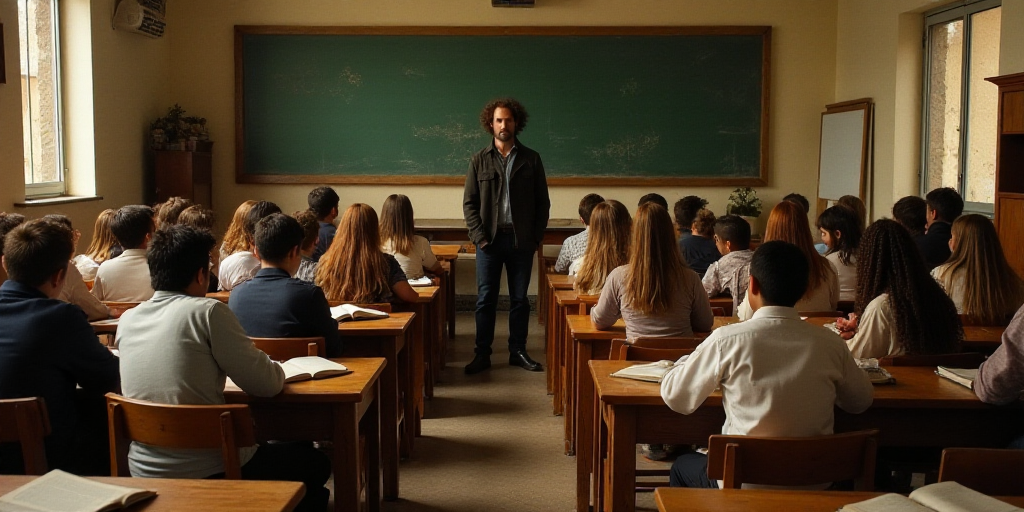Beyond Tuition: Additional Costs to Consider
As the new school year approaches, millions of children and young adults will return to classrooms for the 2025-2026 academic cycle. If you’re considering enrolling your child in a private school, it’s essential to understand the associated costs beyond tuition.
Last year, over 2.5 million students were enrolled in private schools at the pre-school, primary, and secondary levels, according to the Sistema de Información y Gestión Educativa (Siged).
What if I can no longer afford it?
The Profeco (Federal Consumer Prosecutor’s Office) advises that if you fail to pay three or more tuition installments, service providers can terminate the contract and must inform you of this possibility at least 15 days in advance. However, since basic and upper-secondary education are mandatory, schools cannot withhold official documentation and must return it to users within 15 days of request, free of charge.
Key Costs to Understand
Enrollment Fees: Private schools often require a one-time enrollment fee, which can range from a few hundred to over a thousand dollars. This fee covers administrative costs and may include initial resources for the student.
Uniforms: Private schools usually have a specific uniform code that students are required to follow. These can include items such as blazers, ties, skirts, or trousers. Uniform costs can vary widely depending on the school and may need to be updated annually.
Textbooks and Learning Materials: While some private schools provide textbooks, others may require parents to purchase them. Additionally, students might need other learning materials such as art supplies, science kits, or specialized software.
Extracurricular Activities: Private schools often offer a wide range of extracurricular activities, such as sports, music, drama, and clubs. These activities may incur additional costs for equipment, lessons, or participation fees.
Why Private Schools?
Private schools can offer smaller class sizes, more individualized attention, and a broader range of extracurricular activities compared to public schools. They may also have more resources, such as advanced technology and facilities.
However, the decision to enroll your child in a private school should consider factors such as your financial situation, the quality of nearby public schools, and your child’s specific educational needs.
Key Questions and Answers
- Q: What costs should I expect beyond tuition? A: You should anticipate enrollment fees, uniform costs, textbooks and learning materials, and extracurricular activity expenses.
- Q: What happens if I can’t afford the private school anymore? A: Schools cannot withhold official documentation, and you must be informed at least 15 days in advance if the relationship is terminated.
- Q: Why should I consider a private school for my child? A: Private schools often provide smaller class sizes, more individualized attention, and a broader range of extracurricular activities. They may also have more resources.






